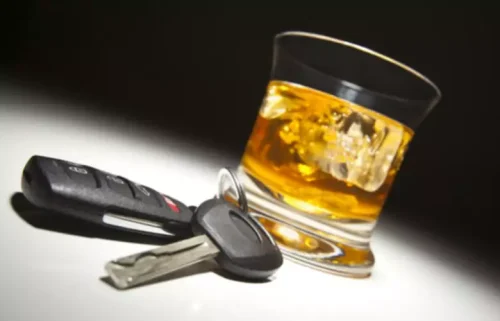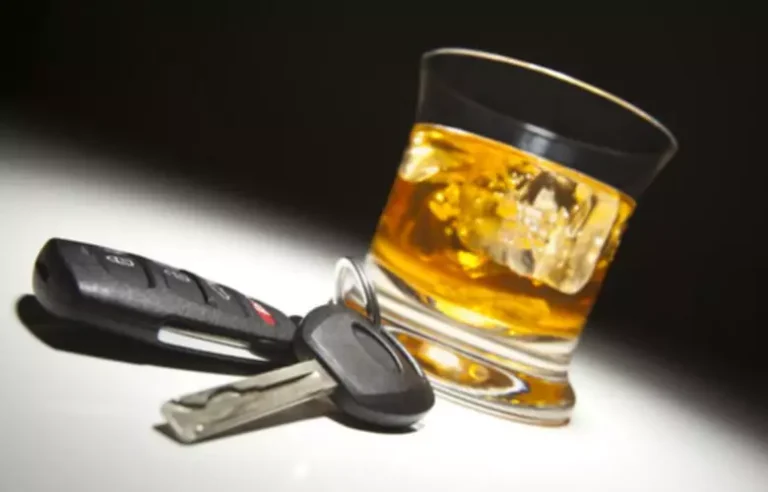Blog
What are the health benefits and risks of cannabis?
- April 18, 2022
- Posted by: admin
- Category: Sober living

The most serious harms include an increased risk of car crashes in intoxicated users and the risk that children might accidentally ingest these products and have breathing problems and other overdose symptoms. Adults over age 65 may also face an increased risk of injury when using marijuana. Medical marijuana, or medical cannabis, uses the cannabis plant or chemicals in it to treat symptoms or conditions. Medical marijuana mostly comes in the same forms as recreational marijuana, but there also are highly purified and lab-made versions used for certain conditions. When an individual is addicted to marijuana, they start craving the use of this substance as their bodies become habitual of working with this drug in their system. Individuals start showing compulsive drug-seeking behavior, which impacts their personal and professional.

Is Weed a Drug? Understanding the Debate and Scientific Facts

Saliva tests detect marijuana for 24 to 72 hours, while hair follicle tests have the longest detection window, showing traces of marijuana use for up to 90 days. Marijuana appears as dried green or brown plant material, with varying stickiness depending on the strain and preparation method. The leaves and flowers, or buds, are the most commonly used parts of the plant.

Cannabis Can’t Kill You
- Yes, based on current research, marijuana can be physically or psychologically addictive.5 Not everyone who uses marijuana will become addicted, but it’s possible.
- However, marijuana can deliver unwanted effects, especially in high doses.
- They may be able to recommend a different kind or dose or whether you should be using it at all.
- With CB1R agonists as potential treatments, it is necessary to consider the abuse potential of these drugs.
While THC has been shown to ease nausea and vomiting, in some people long-term heavy use can paradoxically cause nausea and vomiting. As mentioned earlier, federal prohibition has made research into the effects of cannabis largely observational, which can only detect correlation and not causation. When you come down from the high, you may feel tired or a bit depressed. In recent years, the medicinal properties of cannabis have gained public acceptance. As of March 2021, 36 states plus the District of Columbia have legalized cannabis for recreational or medicinal use.
Struggling to Control Marijuana Use?

Although not nearly as extreme as heroin or alcohol withdrawal, quitting marijuana does appear to cause withdrawal symptoms in heavy, frequent users. Mental health conditions, which have both genetic and environmental causes play a large one in a person’s chance of developing an addiction. But these effects could stem from CBD interacting with other medications, such as clobazam, as it can interact with various drugs. It’s always a good idea to speak with a qualified healthcare professional about the right dosing for you and your risk of experiencing side does weed have addictive properties effects. Some research suggests that CBD may help with substance misuse disorders, sleep, and certain types of cancers.
Ratings & Reviews
Detoxification is a crucial first step in treating CUD, designed to safely manage withdrawal symptoms as the body clears itself of THC. Several evidence-based treatments have been effective for managing CUD or cannabis dependency. These signs collectively point toward a dependence on marijuana that can disrupt personal, professional, and social lives. Recognizing the signs of cannabis addiction, or CUD is crucial or identifying when casual use has transitioned into a dependency that impacts daily functioning. At its core, CUD is a condition where someone is unable to regulate their cannabis use despite the negative impacts it may have on their physical, emotional, and social well-being.
However, regular and prolonged exposure to cannabis adjusts the brain to these higher dopamine levels, making it less responsive to THC Sobriety and even the body’s own endocannabinoids. The rules vary by state, so you should check with your state’s medical marijuana program. In general, you need to have a qualifying medical condition and a recommendation from a health care provider who participates in the state’s program. Scientists have to get special licenses from the federal government to study cannabis. Getting a license requires background checks, inspections, and special security and record-keeping procedures.
- Long-term use may also affect mental health or cognitive function, so it’s essential to use it mindfully.
- The Obama administration did not make prosecuting medical marijuana even a minor priority.
- Another medication, lofexidine, has been approved for treatment of withdrawal symptoms.34 See “Medications for Opioid Use Disorder” for more information.
- Both good-quality reviews identified the same trials, and we focus on the more recent review by Whiting et al. (2015).
- It’s certainly difficult to imagine using drugs despite major consequences, such as a suspended driver’s license or prison time.
- Dependence can cause extremely unpleasant withdrawal symptoms if the person stops using it.
Signs Of Marijuana Addiction
- Socially, the prioritization of cannabis use can strain relationships, diminish academic or professional performance, and even result in legal and financial troubles, contributing to isolation and further substance use.
- Cannabis use may also exacerbate existing symptoms of bipolar disorder among people living with it.
- In essence, this means that CBD is legal if it comes from hemp, but not if it comes from cannabis (marijuana) — even though it is the exact same molecule.
Of those five reviews, Whiting et al. (2015) was the most comprehensive, both in terms of the target medical conditions and in terms of the cannabinoids tested. Snedecor et al. (2013) was narrowly focused on pain related to spinal cord injury, did not include any studies that used cannabis, and only identified one study investigating cannabinoids (dronabinol). Two reviews on pain related to rheumatoid arthritis did not contribute unique studies or findings (Fitzcharles et al., 2016; Richards et al., 2012). Finally, one review (Andreae et al., 2015) conducted a Bayesian analysis of five primary studies of peripheral neuropathy that had tested the efficacy of cannabis in flower form administered via inhalation.
Virtual Mental Health Treatment for Working Mothers in NJ
Several MRI studies reveal functional and structural differences in the amygdala – a key brain structure in processing emotions – after chronic cannabis use. Compared to healthy controls, adolescents who used cannabis had lower activation in the amygdala in an emotional arousal word task during fMRI (Heitzeg et al. 2015). However, in another fMRI study, adolescent cannabis users showed greater amygdala activation to angry faces compared to controls (Spechler et al. 2015). Together, these fMRI findings indicate that chronic cannabis use alters amygdala function. People who use marijuana a lot are more likely to be jobless and not happy with life.
NIDA also supports research to understand the health impacts of methamphetamine use, including how reducing use affects health and other outcomes. We know anything can be abused, even water, and no one argues that marijuana can be abused. Which of course in the end will come down to our definition of addiction, which is why this remains controversial.
